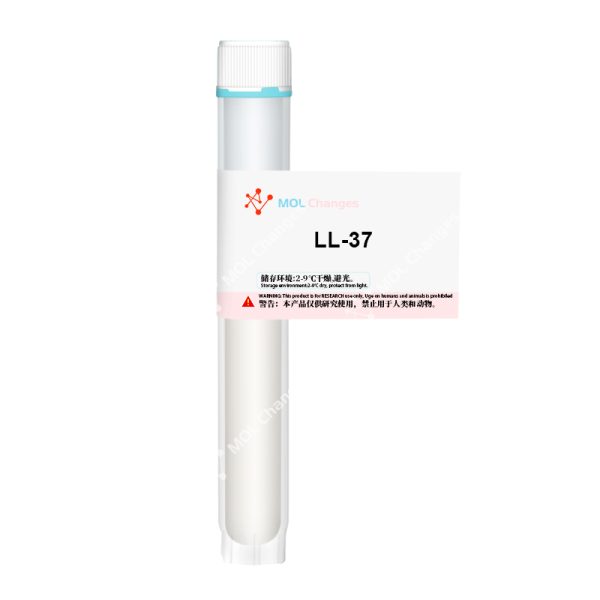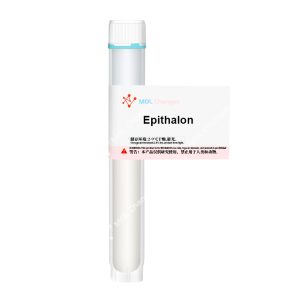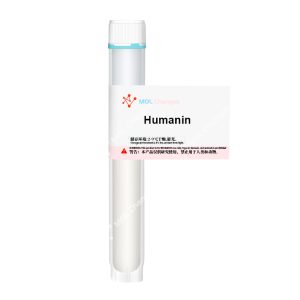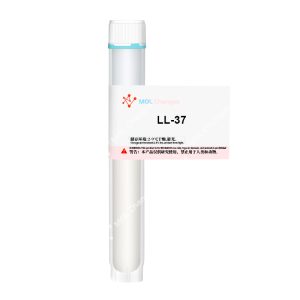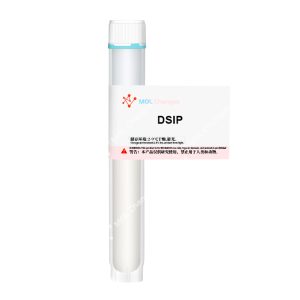LL-37 is an antimicrobial peptide from the cathelicidin family. The name itself refers to its 37 amino acid composition and the N-terminal initiation of two leucine residues. HCAP18, the sole member of the human cathelicidin family, undergoes specific cleavage by human proteases to release this biologically active LL-37 fragment.
The discovery of LL-37 marked the formal transition of cathelicidin research from animal models to humans. As a crucial component of the innate immune system, LL-37 plays a vital role in human defense against pathogens.
The primary function of this defense is broad-spectrum direct antibacterial activity. The amphipathic α-helical(Alpha helix) structure responsible for this activity induces electrostatic attraction towards negatively charged bacterial membranes. Direct disruption of membrane integrity leads to loss of intracellular nutrients; complete bacterial death follows. Notably, this mechanism does not induce any form of resistance.
Other functions within the body are also attributed to it – wound healing, tissue repair, potent immunomodulation, endotoxin neutralization, and demonstrated anti-cancer and anti-viral effects.
序列
Leu-Leu-Gly-Asp-Phe-Phe-Arg-Lys-Ser-Lys-Glu-Lys-Ile-Gly-Lys-Glu-Phe-Lys-Arg-Ile-Val-Gln-Arg-Ile-Lys-Asp-Phe-Leu-Arg-Asn-Leu-Val-Pro-Arg-Thr-Glu-Ser
化学文摘社编号
154947-66-7
分子式
C205H340N60O53
分子量
4493.34
LL-37 相关研究
1.Broad-Spectrum Direct Antibacterial Activity
Rapid and direct bactericidal action against a wide variety of microorganisms is LL-37’s most well documented function. Gram negative, positive, and even some fungal pathogens are all effectively killed.
The cationic, amphipathic characteristics of the peptide are key to this process; charged segments bind directly to bacterial membranes. Leakage of cellular contents and collapse of membrane potential are the end results of the attack.
Traditional antibiotics work through very different (and often target-specific) resistance pathways; LL-37’s mode of attack is both fast and, to date, not associated with significant resistance development. Human clinical studies support the safety and efficacy of LL-37 as a therapeutic agent.
2.Powerful Immunomodulatory Function
LL-37 exerts its effects based on the local microenvironment within the body. Upon detection of tissue injury or pathological changes, LL-37 activates various regulatory factors and cells to aggregate at these sites.
The modulation of inflammatory cytokine release is one of its primary methods; excessive pro-inflammatory responses are specifically downregulated. Promoting dendritic cell(DC) maturation and subsequent T cell differentiation is another key aspect of this process – representing an important bridge between innate and adaptive immunity.
3.Promoting Wound Healing and Tissue Repair
LL-37’s wound healing and tissue repair capabilities are directly linked to its immunomodulatory functions, along with direct antimicrobial activity.
Activation of antimicrobial pathways induces keratinocytes, fibroblasts, and endothelial cells to migrate towards the wound site; cell proliferation follows as damage is repaired. Angiogenesis provides both energy and nutrient delivery to the injured tissue.
4.Anti-cancer Activity
Cancer cells generally share the common characteristic of exposing more negatively charged phosphatidylserine on their outer membranes (normal cells having internal localization of these phospholipids). The positive charge of LL-37 is thus attracted to them.
Apoptosis and necrotic death pathways similar to those used against bacteria are then initiated. Indirect anti-tumor effects through immune modulation also play a part.
Preclinical studies have shown a clear reduction in cancer cells treated with LL-37; anticancer therapy using LL-37 is a promising area of research.
COA
高效液相色谱法
MS




